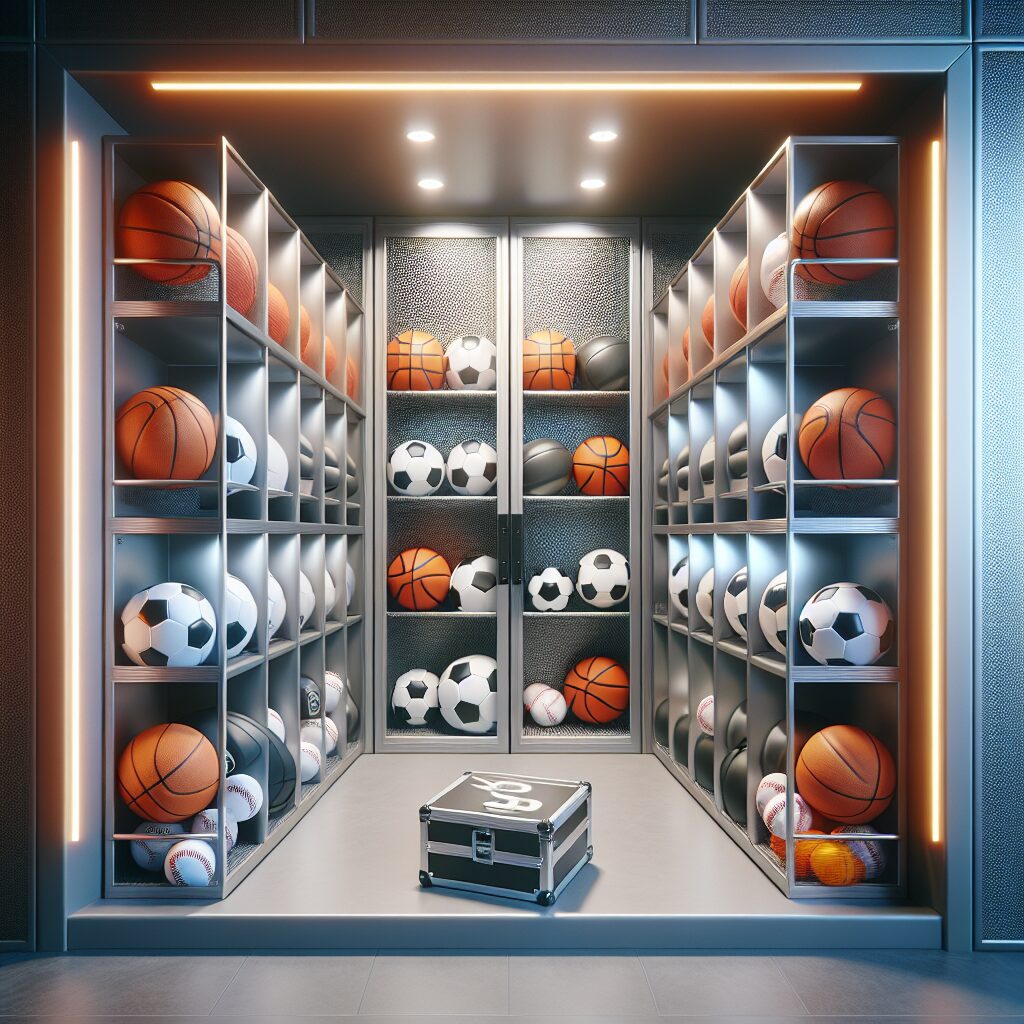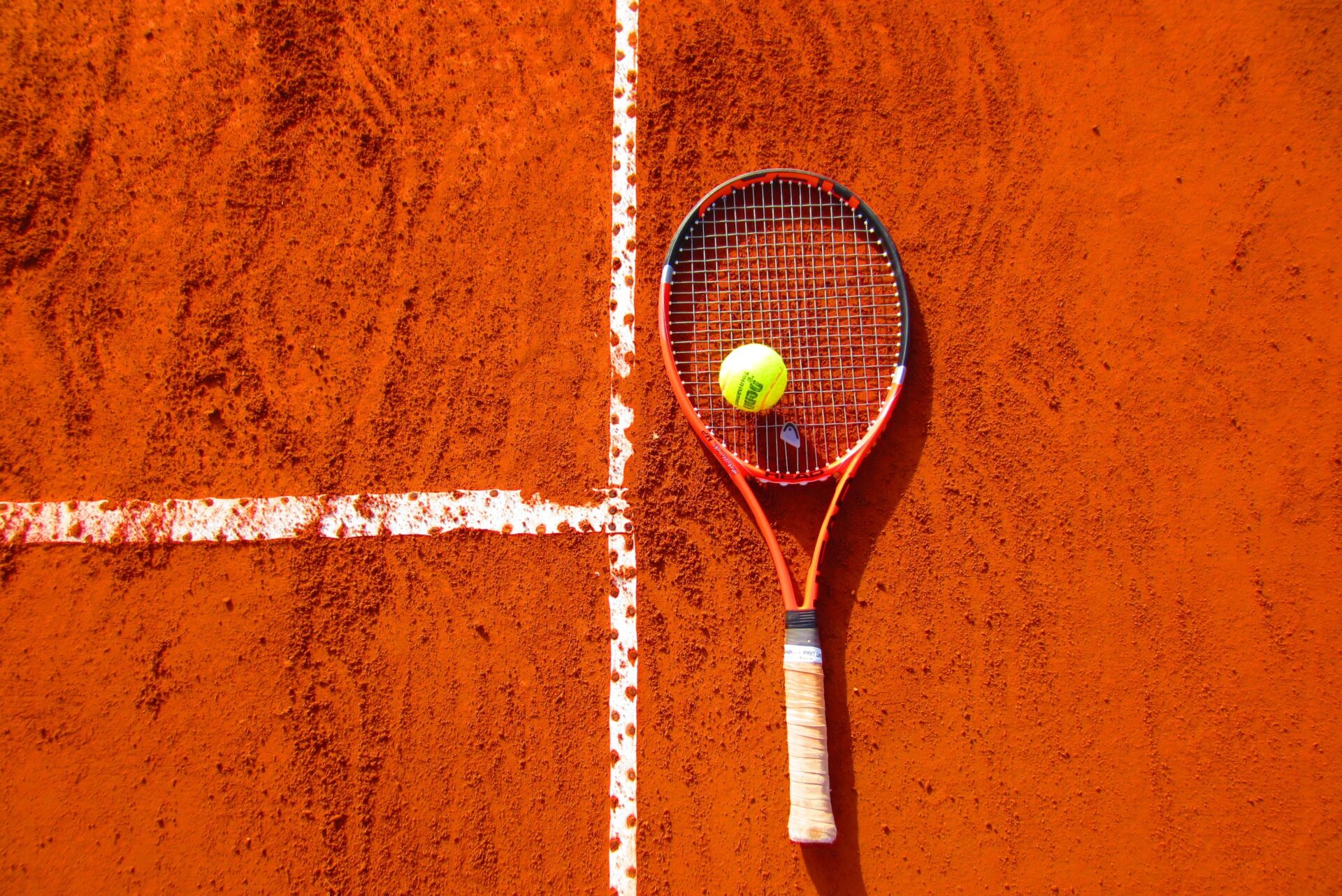Surface-Specific Ball Storage: Protecting Your Equipment
When it comes to sports, the significance of equipment cannot be undermined. Any athlete or sports enthusiast understands the value of well-maintained gear. In particular, the storage of balls is a critical aspect that often gets overlooked. Surface-specific ball storage is an essential consideration for ensuring the longevity and optimal performance of your equipment. Did you know that storing your balls properly according to the surface they are used on can significantly impact their lifespan and functionality?
Different types of sports balls require specific storage conditions to maintain their quality and performance. For instance, basketballs used on indoor courts are made of materials that are sensitive to extreme temperature changes and prolonged exposure to sunlight. These factors can result in the distortion of the ball’s shape and compromise its bounce. On the other hand, soccer balls used on turf or artificial grass can degenerate over time if not stored appropriately. The abrasive nature of these surfaces can cause excessive wear and tear, leading to a deterioration in the structure and performance of the ball.
In the following sections, we will explore the key takeaways for surface-specific ball storage, ensuring the preservation of your equipment’s integrity. We will discuss the specific storage requirements for different types of balls, including basketballs, soccer balls, and tennis balls. By implementing these storage practices, you can extend the lifespan of your equipment and make the most out of each game or practice session. So, let’s dive in and discover the best practices for surface-specific ball storage.
Key Takeaways
1. Surface-specific ball storage is essential for protecting your equipment and prolonging its lifespan.
2. When selecting a storage solution, consider the type of surface your balls are designed for, such as grass, clay, or hard court.
3. Grass courts require extra care to prevent moisture damage, so opt for well-ventilated storage options that reduce humidity and promote air circulation.
4. Clay courts demand dust-free storage solutions to prevent particles from clogging the balls’ felt. Airtight containers can be effective in maintaining the integrity of clay court balls.
5. Hard court balls should be stored in a climate-controlled environment, away from extreme temperatures, to prevent their rubber cores from deteriorating. A ball cart with appropriate padding can also reduce wear and tear during transport.
How to Safely Store and Protect Your Sports Equipment on Different Surfaces?
Choosing the Right Storage Options
When it comes to protecting your sports equipment, including your balls, from damage, it is crucial to choose the right storage options. Different surfaces require specific strategies to ensure the longevity of your gear.
Indoor Storage Tips
For indoor surfaces, such as gymnasiums or sports halls, consider storing your balls in lockable cabinets or equipment rooms. This protects them from potential theft or vandalism.
Additionally, keep the balls away from any dampness or moisture that might be present in indoor environments. Investing in a dehumidifier or using moisture-absorbing packets can help prevent damage caused by humidity.
Outdoor Storage Tips
When it comes to outdoor surfaces, such as playing fields or courts, you need to take extra precautions to safeguard your balls from the elements.
First and foremost, make sure you have sturdy storage containers that are waterproof and can withstand harsh weather conditions. This protects your equipment from getting wet and potentially ruined.
Furthermore, consider elevating your storage containers off the ground to prevent water damage in case of heavy rainfall. Placing them on pallets or shelves can help keep them dry and in good condition.
Lastly, always store your balls in a shaded area or use covers to shield them from direct sunlight. Prolonged exposure to UV rays can degrade the materials and shorten the lifespan of your equipment.
Routine Maintenance for Longevity
Proper storage alone is not enough to ensure the long life of your sports equipment. Incorporating regular maintenance practices can further extend its lifespan.
Inspect and Clean After Each Use
After each use, thoroughly inspect your balls for any signs of damage or wear. Address any issues immediately to prevent further deterioration or potential safety hazards.
Additionally, clean your equipment regularly to remove dirt, debris, and sweat buildup. Use appropriate cleaning products and follow manufacturer’s instructions to avoid damaging the materials.
Monitor Inflation Levels
Depending on the type of sports balls you own, they may require regular inflation to maintain optimal performance. Check the inflation levels regularly and adjust as needed using a pressure gauge or pump.
Overinflated or underinflated balls can affect gameplay and increase the risk of injury. Keeping them properly inflated ensures better control, accuracy, and durability.
Surface-Specific Storage Tips for Different Sports
Each sport has specific requirements when it comes to ball storage. Here are some additional tips for surface-specific storage:
Basketball
Store basketballs indoors in a cool and dry place to avoid damaging the leather or synthetic material. Keep them away from direct sunlight to prevent fading or discoloration.
Soccer
When storing soccer balls on grass or turf fields, make sure to remove dirt and moisture before placing them in storage. Store them in a dry location away from extreme temperature changes.
Tennis
For tennis balls, it is essential to keep them pressurized and avoid storing them in high-temperature environments. Store them in airtight cans or ball tubes to maintain their bounce and performance.
Golf
When it comes to golf balls, store them in a cool and dry place. Avoid exposing them to extreme temperature fluctuations, as it can affect their performance and reduce their lifespan.
Consider using ball racks or dividers to prevent them from rolling around and potentially getting damaged.
Guide: How to Protect Your Balls in Storage?
- Ensure you clean your balls after each use to remove any dirt or debris.
- Inspect the balls for any signs of damage and address them promptly.
- Choose the appropriate storage containers based on the surface and environment.
- Elevate the storage containers to protect your balls from water damage.
- Store the balls in shaded areas or use covers to shield them from direct sunlight.
- Monitor and maintain proper inflation levels for optimal performance.
- Follow sport-specific storage tips to protect different types of balls.
Conclusion
By implementing surface-specific ball storage strategies and practicing routine maintenance, you can ensure the longevity and performance of your sports equipment. Protecting your balls from damage not only saves you money but also enhances your gameplay. Remember to choose the right storage options, clean your equipment regularly, and follow sport-specific guidelines for optimal protection.
Frequently Asked Questions
1. How does surface-specific ball storage protect my equipment?
Surface-specific ball storage protects your equipment by providing a suitable environment that prevents damage and extends the lifespan of your balls. Proper storage helps maintain the ball’s shape, bounce, and grip, ensuring optimal performance when in use.
2. What is the recommended storage method for different surfaces?
The recommended storage method varies depending on the type of surface. For hard court surfaces, storing balls in a cool, dry place is crucial to prevent rubber deterioration. On clay courts, it’s best to store balls in airtight containers to protect them from moisture. Grass court balls should be stored in a cool place away from direct sunlight to avoid heat damage.
3. Can I use any container for ball storage?
While any container can be used for storage, it is recommended to use containers specifically designed for ball storage. These containers provide better protection against moisture and maintain the integrity of the balls for a longer duration.
4. How often should I replace my stored balls?
The frequency of ball replacement depends on various factors such as the type of surface, usage, and storage conditions. As a general guideline, stored balls should be replaced every few months to ensure optimal performance and minimize the risk of using worn-out balls.
5. Can I store balls in extreme temperatures?
Extreme temperatures can negatively impact the performance and longevity of stored balls. It is advised to avoid storing balls in extremely hot or cold areas, as rapid temperature changes can cause the materials to degrade or become brittle.
6. Should I clean the balls before storing them?
Cleaning the balls before storage is recommended to remove dirt, dust, and any other debris that may have accumulated during play. Wiping the balls with a damp cloth can help maintain their quality and prevent the transfer of dirt to the storage container.
7. How can I ensure the longevity of my stored balls?
To ensure the longevity of stored balls, you should follow proper storage guidelines, avoid exposing them to extreme temperatures or moisture, and regularly inspect them for signs of wear. Additionally, rotating the stored balls periodically can help prevent flattening and maintain their shape.
8. Is it necessary to store different ball types separately?
Yes, it is advisable to store different ball types separately to avoid any potential damage or contamination. Each ball type may require specific storage conditions, and storing them separately helps maintain their unique properties and performance characteristics.
9. Can I store balls in a garage or outdoor shed?
Storing balls in a garage or outdoor shed is not recommended due to the variable temperatures and humidity levels typically found in these locations. It is best to store balls in a controlled environment, such as a basement or a dedicated storage area, to protect them from potential damage.
10. How can I protect stored balls from pests?
To protect stored balls from pests, ensure that your storage area is clean and free of food debris, which can attract insects or rodents. Additionally, using airtight containers with secure lids minimizes the risk of pests accessing and damaging your stored balls.
Final Thoughts
Surface-specific ball storage plays a vital role in protecting your equipment and ensuring optimal performance on various surfaces. By adhering to proper storage guidelines, such as storing balls in suitable containers, maintaining moderate temperatures, and regular cleaning, you can significantly extend the lifespan of your balls and enhance their performance.
Remember that investing in high-quality storage solutions and regularly inspecting your balls for wear and tear are essential practices for any athlete or tennis enthusiast. By prioritizing proper storage, you can enjoy a longer lifespan for your balls, save money on replacements, and ultimately enhance your overall playing experience.




